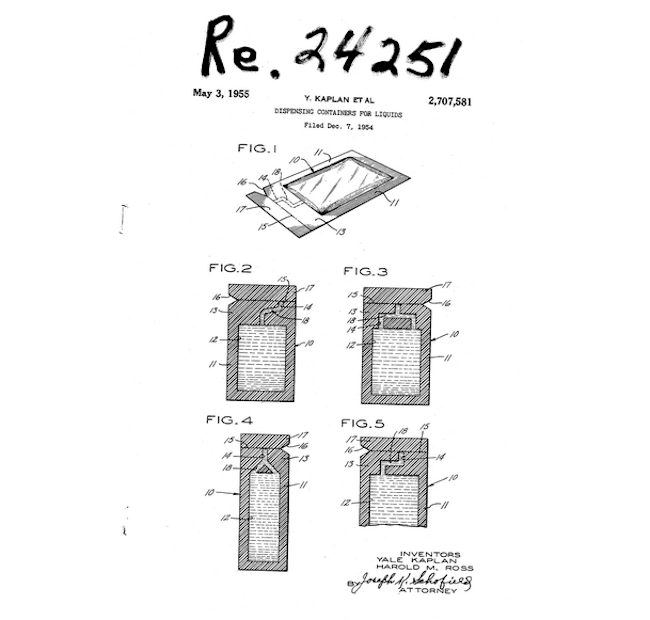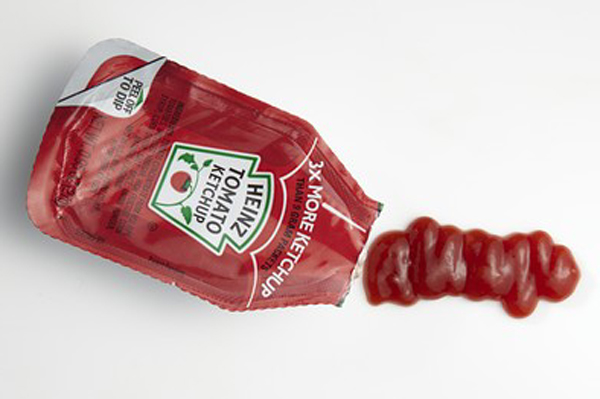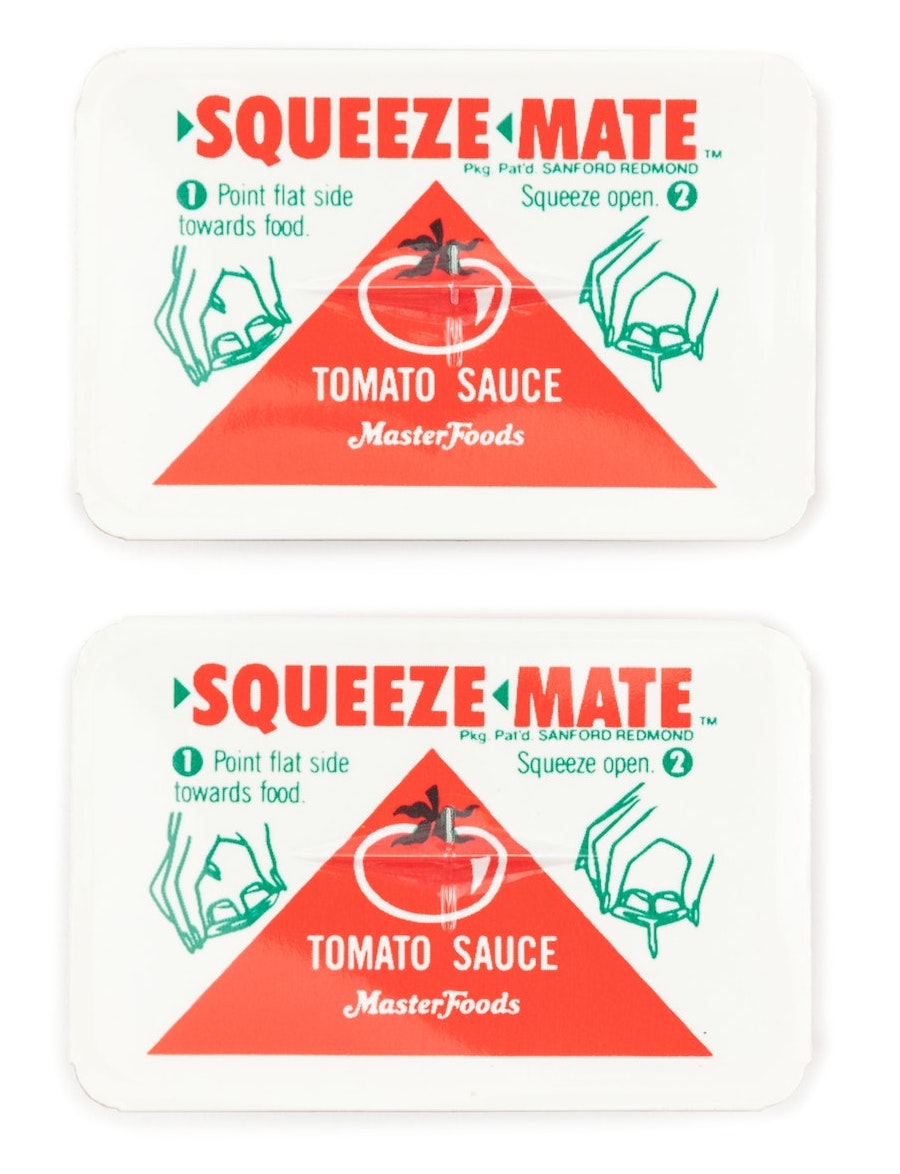Can We Ketchup to Australia and Mustard Up the Perfect Sauce Packet?
August 5th is National Mustard Day, and in honour of the auspicious day, we took a deep dive into the wild and wonderful world of takeout condiment packets.
Many of us pay little conscious thought to the myriad of packets that garnish the greasy bottoms of our takeout bags as we exit the drive-thru. Despite their tiny volume, they hold so much weight in the ultimate enjoyment of our takeout dining experience.
Take ketchup for example – one packet is never nearly enough to dip an entire order’s worth of fries, is it? Six packets later, I’m reaching to the bottom of the bag praying for one more. What about soy sauce? It’s not nearly viscous enough to stay in the package as you peel it open. It’s spilling out the second your fingers pry open the tiny slit in the packet. But mustard? Mustard hit the sweet spot. Those little packages contain the perfect amount to spread across the bun of a burger, and mustard has just the right viscosity to stay in that pesky package until you squeeze it out.

Those condiment packets we’re all so accustomed to finding – in our glove box compartments, lining the door shelves of our fridges, tucked away in your desk drawer at work – have changed very little since their introduction in 1955. A U.S. patent was filed by Harold Ross and Yale Kaplan for “flexible dispensing containers for limited amounts of liquids”.
They are single-serve and remain sealed until, by tearing off a strip at the top of the package, you can squeeze out the condiment – making these packages perfectly portable and appealing to a budding 1950s takeout market. This style of condiment package still remains widely used with little innovation despite its obvious drawbacks. The aforementioned stingy dipping quantity and saucy mess potential aside, they are definitely not designed with sustainability in mind. The small sacs are difficult to recycle with a less-than-ideal plastic to sauce ratio given their tiny 9g serving size.

In 2010, Heinz attempted to reinvent the takeaway condiment container with their Dip & Squeeze ketchup packets. The lid could be peeled back to dip french fries in or the top torn off to squeeze the ketchup out. With 3 times the volume, these were a seamless dipping vehicle for french fries, and the squeezable opening allowed for the perfect condiment squirt across a burger or hot dog with minimal mess.
But the new packages never took off. They were more expensive to manufacture and therefore a tough sell to quick service restaurants who would be giving them away for free with meals. The major issue, though, was that shortly after their introduction, Heinz was sued for patent infringement by a Chicago food entrepreneur who had patented a similar dippable and squeezable design in 1997.

Australia harbours the real future of sauce packets. Their Squeeze-mate tomato sauce dispensers have been used by the Aussies to squirt tomato sauce on meat pies since 1990. The package tears open at the top when you fold it backwards to squeeze out a small controlled stream of sauce. Controlled dispensing, no mess, and lots of sauce – they’ve got it figured out! Maybe if we’re lucky, squeeze-mates will make their way across the pond to Canada for all of our on-the-go sauce eating needs.

